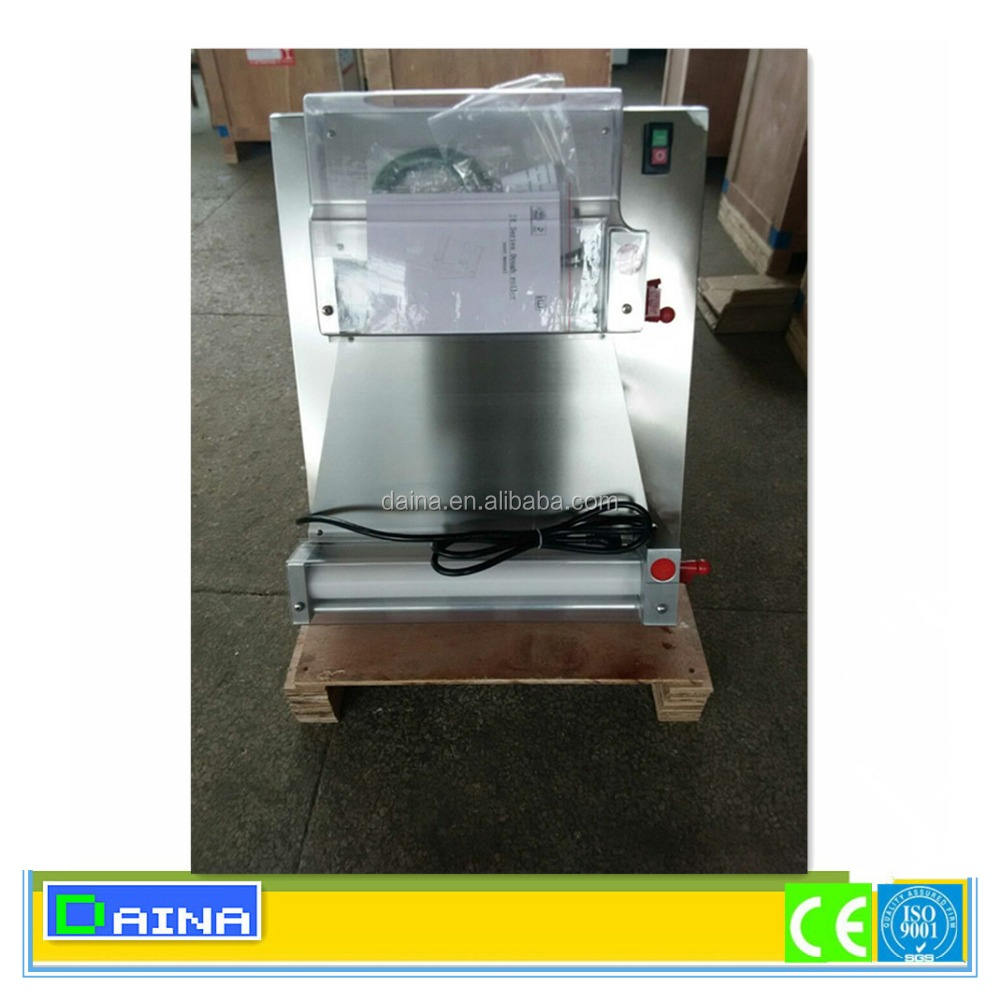
マイストア
変更
お店で受け取る
(送料無料)
配送する
納期目安:
01月06日頃のお届け予定です。
決済方法が、クレジット、代金引換の場合に限ります。その他の決済方法の場合はこちらをご確認ください。
※土・日・祝日の注文の場合や在庫状況によって、商品のお届けにお時間をいただく場合がございます。
業務用生地ローラーシーター、電動ピザ生地プレス機、8.66インチと9.28インチの家庭用ピザペストリープレス機、ピザとパスタメーカーの詳細情報
ピザ生地プレス電動ペストリーメーカー電動トルティーヤプレス8.66
/
9.28インチ直径ステンレス鋼業務用ピザ生地マシントルティーヤ作り注意事項:1.加熱は不要、押すだけ。2.特別な厚さ調整機構はなく、スイッチで大まかに調整することしかできません。3.ピザは押せません
4.高グルテン表面は圧縮後に大幅に収縮し、22cmから十数センチまでしか収縮できません。5.この機械にはエアポンプやオイルポンプはありませんが、電動リニアモーターによって駆動されます。総重量は10kgです。6.この機械は家庭用電気で動作します製品名:電動ケーキプレス製品重量:7kgモーター出力:2.0kWプレッシャープレート材質:食品グレードの素材製品サイズ:285×238×335MM使用方法:1.生地をパイプレスに入れます4.
お好みの野菜と調味料を加えます。
5.
オーブンに入れます。
ブランド
SASERED
サセレッド
色
Type22
メーカー
SASERED
サセレッド
【8.66/9.28インチの圧力プレート】圧力板の直径は8.66インチと9.28インチの2種類に分かれています。加工された生地は均一な厚さです。食品グレードのPP素材で作られており、安全で健康的です。お手入れも簡単です。
【主なパラメータ】
プラテン直径:
8.66インチ
(22cm)、圧力:
2000N
(204kg)、プラテン速度:
0.71インチ/秒
(18mm/秒)、最大プラテン距離:
1.97インチ
(50mm)、シェル材質:
SUS201ステンレススチール
【DCプッシュロッドモーター】高品質のDCプッシュロッドモーターを使用し、推力は450ポンドに達します。エンジンの作動時にほとんど騒音がありません。安定した品質。
【ハンドル】ケーキプレスの上部にはステンレス製のハンドルが付いています。機械は片手で動かすことができ、心配や労力を省きます。プレスプレートの上下運動はコントロールハンドルで制御でき、生地の厚さを正確に制御できます。
【省力化】電動生地プレスは、面倒な手作業を大幅に省き、処理を容易にします。従来の機械とは異なり、効率が大幅に向上します。
/
9.28インチ直径ステンレス鋼業務用ピザ生地マシントルティーヤ作り注意事項:1.加熱は不要、押すだけ。2.特別な厚さ調整機構はなく、スイッチで大まかに調整することしかできません。3.ピザは押せません
4.高グルテン表面は圧縮後に大幅に収縮し、22cmから十数センチまでしか収縮できません。5.この機械にはエアポンプやオイルポンプはありませんが、電動リニアモーターによって駆動されます。総重量は10kgです。6.この機械は家庭用電気で動作します製品名:電動ケーキプレス製品重量:7kgモーター出力:2.0kWプレッシャープレート材質:食品グレードの素材製品サイズ:285×238×335MM使用方法:1.生地をパイプレスに入れます4.
お好みの野菜と調味料を加えます。
5.
オーブンに入れます。
ブランド
SASERED
サセレッド
色
Type22
メーカー
SASERED
サセレッド
【8.66/9.28インチの圧力プレート】圧力板の直径は8.66インチと9.28インチの2種類に分かれています。加工された生地は均一な厚さです。食品グレードのPP素材で作られており、安全で健康的です。お手入れも簡単です。
【主なパラメータ】
プラテン直径:
8.66インチ
(22cm)、圧力:
2000N
(204kg)、プラテン速度:
0.71インチ/秒
(18mm/秒)、最大プラテン距離:
1.97インチ
(50mm)、シェル材質:
SUS201ステンレススチール
【DCプッシュロッドモーター】高品質のDCプッシュロッドモーターを使用し、推力は450ポンドに達します。エンジンの作動時にほとんど騒音がありません。安定した品質。
【ハンドル】ケーキプレスの上部にはステンレス製のハンドルが付いています。機械は片手で動かすことができ、心配や労力を省きます。プレスプレートの上下運動はコントロールハンドルで制御でき、生地の厚さを正確に制御できます。
【省力化】電動生地プレスは、面倒な手作業を大幅に省き、処理を容易にします。従来の機械とは異なり、効率が大幅に向上します。
ベストセラーランキングです
近くの売り場の商品
カスタマーレビュー
オススメ度 5点
現在、453件のレビューが投稿されています。


















